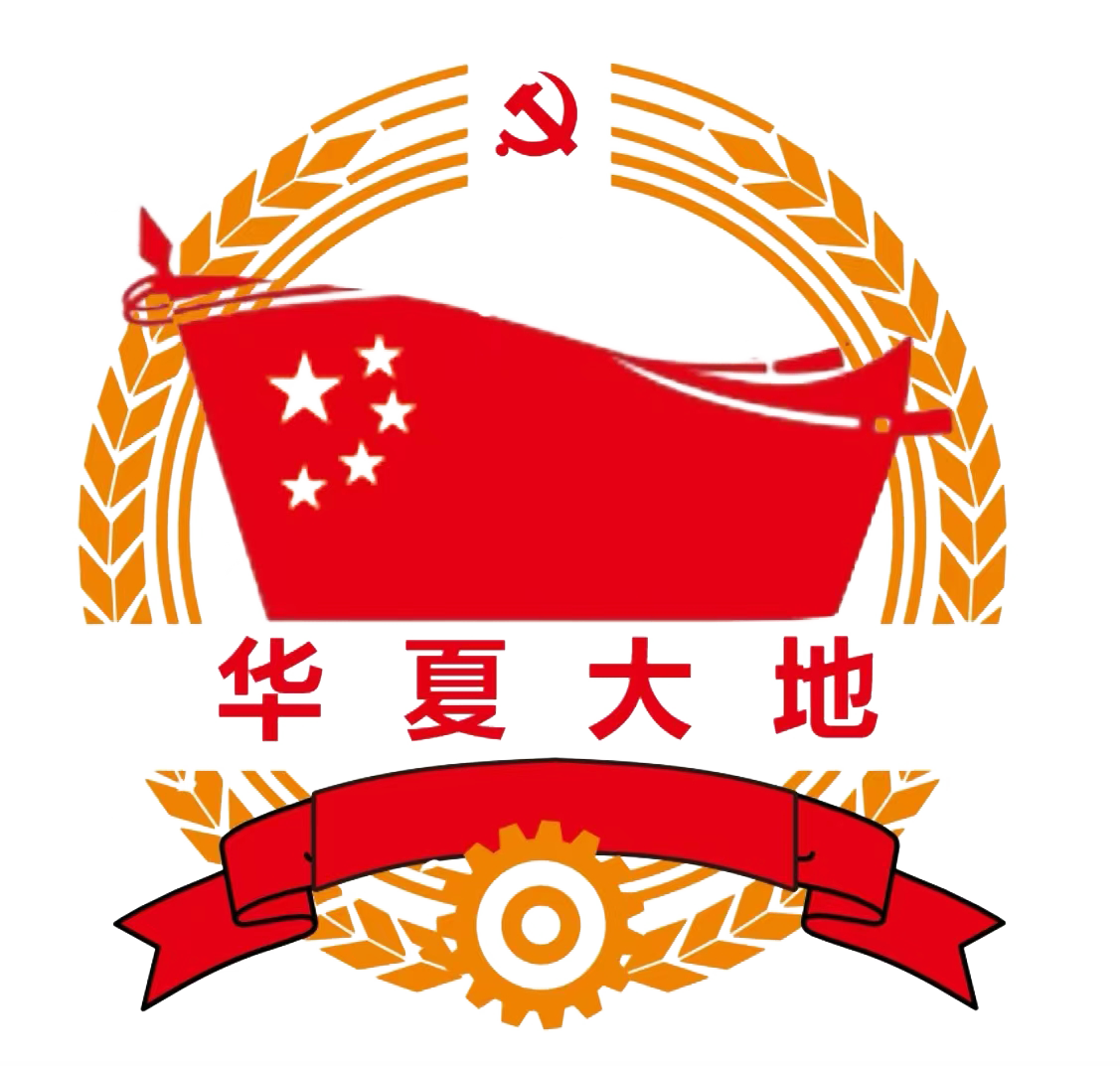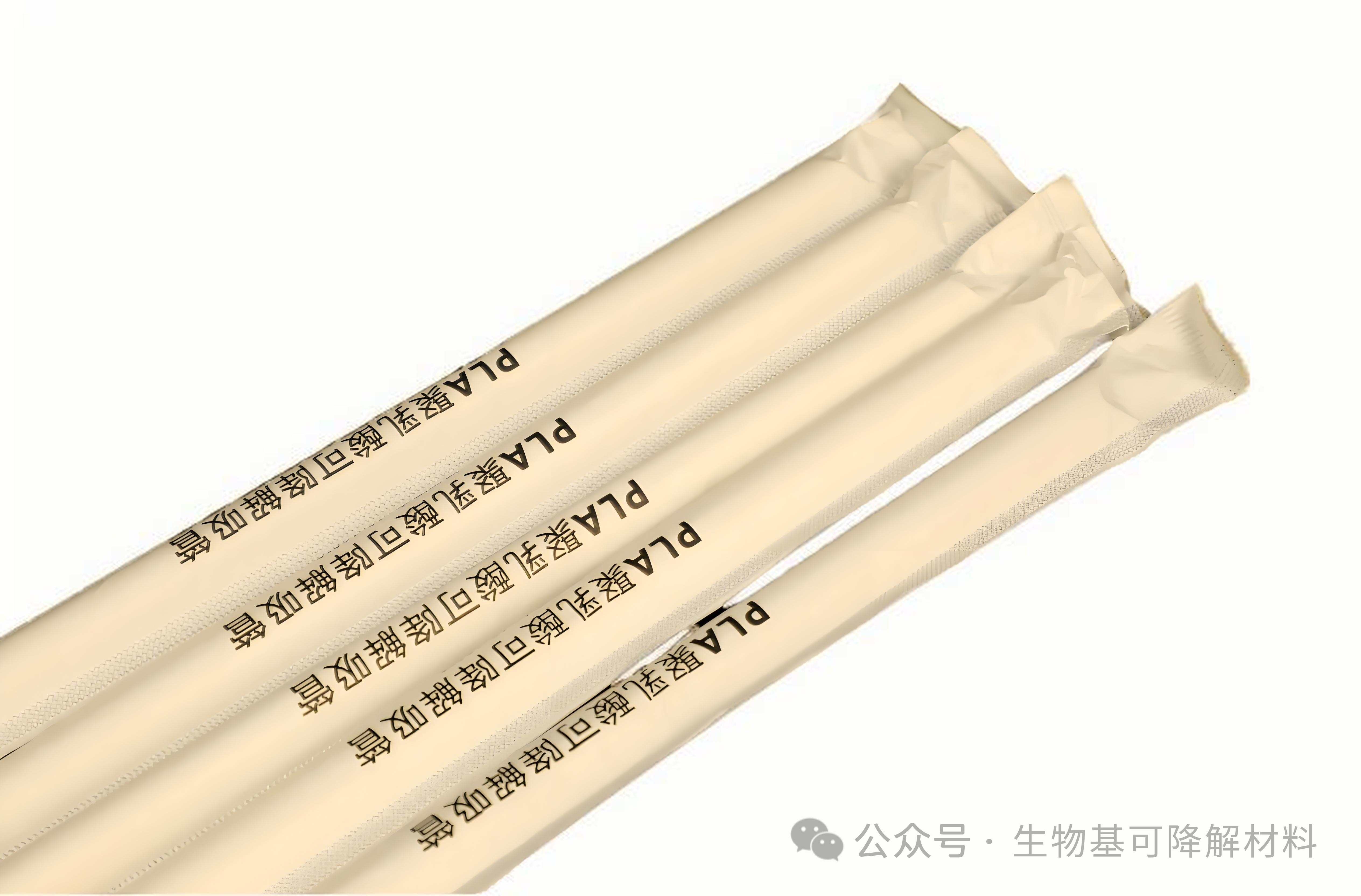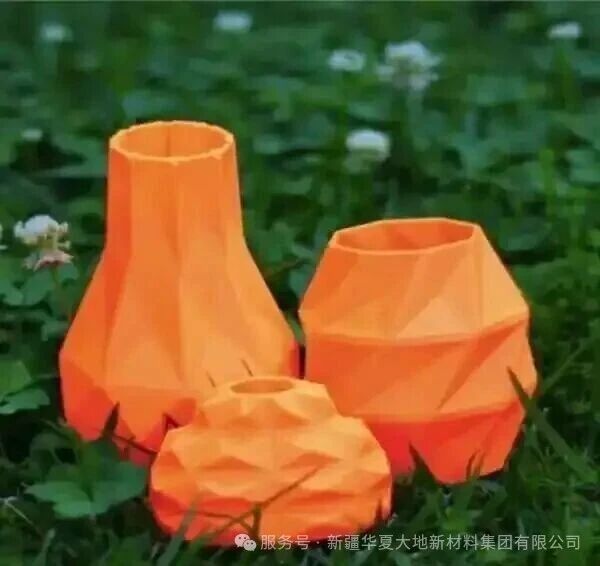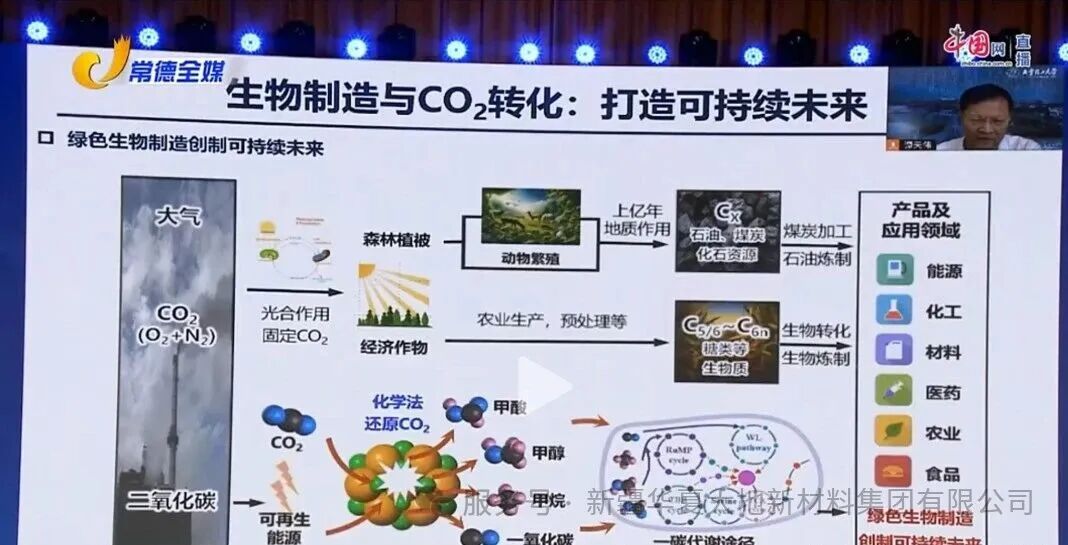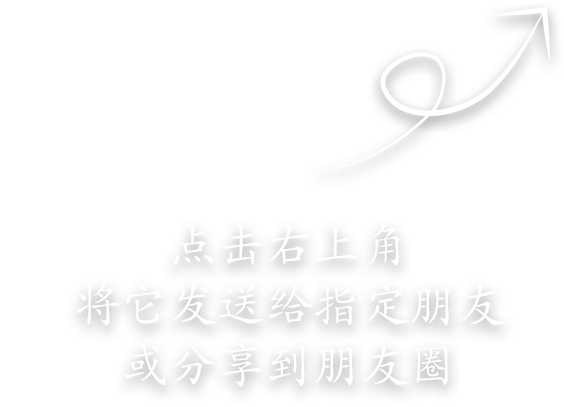In August 2024, scholars Chen Donghao and Zhao Wuyun from the Mechanical and Electrical Engineering College of Gansu Agricultural University published a research review in the journal "Forestry Machinery and Woodworking Equipment". They systematically summarized the current research status of the three mainstream types of biodegradable, photodegradable and liquid-based plastic films in China, providing a reference for solving the problem of residual plastic film pollution in farmland and promoting the upgrading of plastic film covering planting technology.
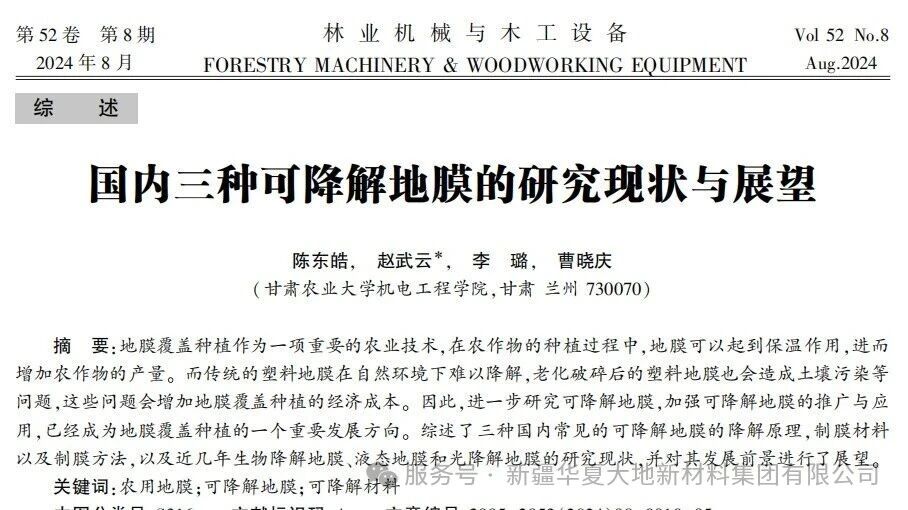
The drawbacks of traditional plastic film mulching
The film mulching technology, as an important means of agricultural production, can effectively reduce the loss of soil moisture and nutrients, and significantly increase the yield of crops. However, the currently widely used polyethylene and polyvinyl chloride films have extremely long degradation cycles in the natural environment. After aging and breaking down, they not only are difficult to be recycled but also pollute the soil and damage the farming environment, which not only increases the production cost of agriculture but also restricts the long-term increase in crop yields. With the enhancement of environmental awareness, the research and promotion of degradable films have become the core direction of agricultural green development.
The three types of biodegradable film technologies each have their own advantages, and their application scenarios are significantly different.
Biodegradable plastic film: Outstanding environmental friendliness, diversified raw material sources
As the most widely used type of biodegradable plastic film at present, biodegradable plastic films can decompose high-molecular materials into carbon dioxide, water and inorganic compounds through the life activities of microorganisms such as bacteria and fungi in the soil. There is no residual pollution, and some of the decomposition products can also enhance soil fertility. The raw materials for making these films are mainly divided into three categories:
Natural polymer type: Using abundant natural materials such as starch and cellulose as raw materials, such as preparing mulching films using rice straw fibers, cotton stalk fibers, and jute fibers. Researchers have significantly improved the mechanical properties and heat preservation and water retention effects of these mulching films through modification. For example, the team of Lang Qian improved the dry tensile strength of the mulching film made from rice straw fibers, and the team of Li Hui's developed cotton stalk fiber mulching film had better heat preservation and weed control effects than ordinary transparent mulching films.
Microbial synthesis type: Using crops such as wheat and corn as raw materials, poly(lactic acid) (PLA) and PBS materials are synthesized through microbial fermentation. This type of plastic film has excellent degradation performance, but its mechanical properties still fall short of those of ordinary plastic film. Field experiments conducted by scholars like Lu Hanqiang and Wang Min show that PLA and PBAT/PLA composite plastic films perform exceptionally well in increasing crop yields and improving the water and heat environment of farmland.
Chemical synthesis type: It is made by introducing degradable ester groups into the molecular structure, represented by polybutylene adipate/trimethylene terephthalate (PBAT). It has excellent mechanical and thermal properties. Guan Tonghui, Xiang Wuyan, et al. have confirmed that PBAT film mulch can completely degrade in the soil environment, and the flexibility of the film-making material is high, which is conducive to further optimization and upgrading.
Guan Tonghui et al. studied the biodegradable plastic film mainly composed of PBAT, and conducted characterization and analysis of the film by using infrared spectroscopy, thermogravimetric analysis, and X-ray photoelectron spectroscopy. The results showed that the biodegradable plastic film made of PBAT could be completely degraded in the soil burial test.
Xiang Xuanyan and others conducted electron microscope scanning and other characterization tests on PBAT biodegradable film, and used ordinary film as a reference to explore the degradation characteristics of PBAT biodegradable film. The results showed that compared with ordinary film, PBAT biodegradable film can achieve self-degradation.
Light-degradable plastic film: The process is simple, but its environmental adaptability needs to be improved.
Photo-degradable plastic films are made by adding photosensitizers to the plastic substrate, which then undergo polymer degradation upon exposure to sunlight. The manufacturing process is relatively simple. The comparative experiments conducted by Yan Xiangyu's team showed that photo-degradable plastic films have the same warming and moisture-retaining effects as ordinary plastic films. The application of Huang Yaozhu's team in the Nanxiong tobacco area also confirmed that photo-degradable plastic films can replace traditional plastic films. However, the degradation performance of this type of plastic film is greatly affected by environmental factors such as light intensity and duration, and it often results in incomplete degradation or difficulty in degradation, which limits its large-scale promotion.
Liquid film mulch: Suitable for complex terrains, optimization of performance is the key point
The liquid film mulch mainly emphasizes "tailored to local conditions", and is particularly suitable for complex terrains such as hills and mountains. After spraying, it forms a protective film by bonding with soil particles. Through multiple technological updates, its raw materials have gradually evolved from the initial petroleum asphalt to environmentally friendly materials such as straw, humic acid, and chitosan. The team of Si Chenquan used chitosan and polyvinyl alcohol to prepare the liquid film mulch, and the team of Yan Guofu developed the seaweed polysaccharide water-retaining mulch. Both have achieved breakthroughs in film-forming performance and environmental friendliness. However, the performance of the liquid film mulch still lags behind that of ordinary plastic mulch, and it is susceptible to environmental influences during spraying. How to improve stability while maintaining degradability has become the core of the research.
The future focuses on three major directions, accelerating the popularization of biodegradable plastic films.
The review points out that although current biodegradable films have made significant progress, there is still a need for breakthroughs in cost control and performance improvement. Future research will focus on three main areas:
Biodegradable plastic film: Focus on developing raw materials such as biomass or industrial waste with wide sources and low prices to reduce the cost of film production; at the same time, optimize the formula and production process to enhance mechanical properties and insulation and water retention effects, narrowing the gap with traditional plastic films.
Liquid film mulch: Further improve the material formula to enhance the stability of performance after being connected with the soil; simultaneously develop compatible spraying devices to reduce the influence of environmental factors on the application effect of the mulch.
Photodegradable film: Select more stable and controllable photosensitizers, develop film-forming materials that can regulate the degradation rate, enhance environmental adaptability, and expand application scenarios.
With the continuous advancement of technology, biodegradable film is expected to gradually replace traditional plastic film, providing strong support for "pollution reduction and cost savings" in agricultural production and promoting rural ecological revitalization.
